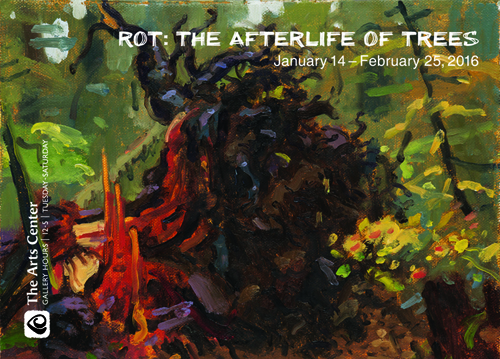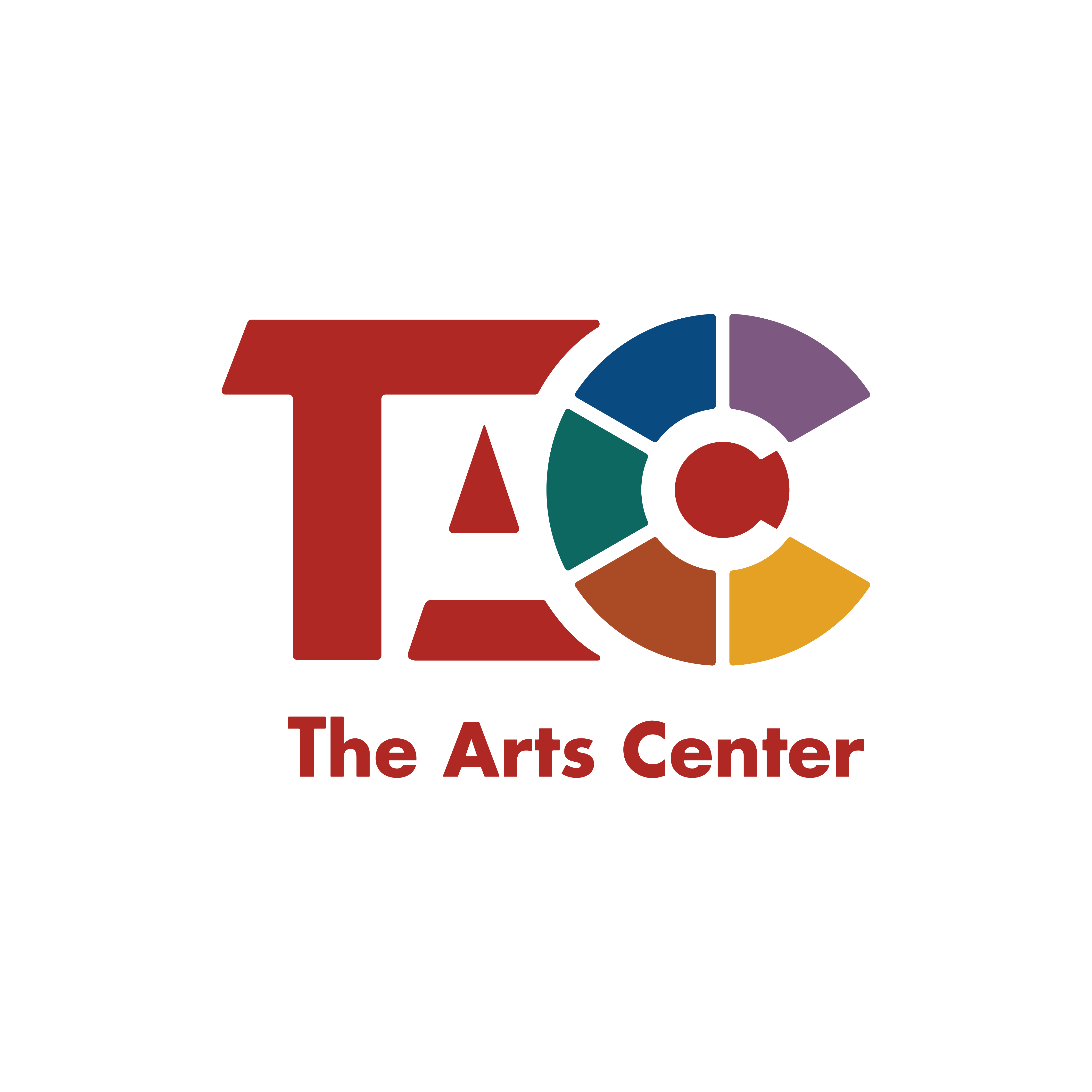
ROT: The Afterlife of Trees
A Multi-media Art Exhibition Investigates the Decomposition of Trees
January 14 – February 25, 2016
- Performance by Kaitlyn Wittig Mengüç and hands on demos with Dr Harmon
- ROT: Poetry, music and performance art inspired by ecology of decay
- A Video: A Field Trip to HJ Andrews with Dr. Mark Harmon
- Full-Color Catalog Copies still Available
Background
Research into dead trees comes alive at The Arts Center with “Rot: The Afterlife of Trees” — a multi-media arts exhibition in the Main Gallery. The Rot project has been an extensive collaboration between the OSU School of Forestry, the HJ Andrews Experimental Forest, Spring Creek Project, the Contemporary Music Department at OSU, and The Arts Center. A variety of visual, written and performing arts media resulted from the project.
In 2014 Dr. Harmon, Professor and Richardson Chair in Forest Science at OSU and a nationally recognized forest researcher on tree decomposition asked The Arts Center to help him mount an exhibition about decomposing logs. The Arts Center has a history of combining the arts and sciences in themed exhibitions. Scientists and artists have a similar curiosity about how the world around them works. Art about science and art inspired by science is a natural combination and very thought provoking to view. The Rot exhibit shows the artwork of artists inspired by Dr. Harmon’s research and the phenomenon of tree decomposition, and what happens after a tree “dies.”
Dr. Harmon led three groups of artists around in the H.J. Andrews Experimental Forest in the Lower Cascades. This forest is a unique laboratory that also offers visual artist residencies, and has had a long-term collaboration with Spring Creek Project for writer and poet residencies. The Humanities play a large role in this otherwise pure science environment. Spring and fall the visits were in true rain forest conditions, while the summer visit was a walk in the woods.
Artists were taken to sites of decomposition research including a river streambed where logs showed very little signs of decay, and an area where the logs had decomposed almost completely into new soil. They were shown that there is more life in and around a “dead” tree than when that same tree was considered “alive.” Artists gathered information, took notes, photographs, sound samples, made sketches and then created final works for the show. Viewers will see how artists interpret the phenomena of ROT in very different ways. Much of the artwork shows there is unexpected beauty in decay.
To accompany the exhibit The Arts Center released a full color catalog with essays by Dr. Mark Harmon, H.J. Andrews Experiment Forest’s Artist in Residence, Leah Wilson, and Charles Goodrich from the Spring Creek Project. Each artist in the show is represented with an image of his or her artwork, as well as their statements.
The Arts Center thanks the following for making this exhibition possible:

The Ford Family Foundation
The Ford Family Foundation serves the people and the communities of Oregon and Siskiyou County, California.


